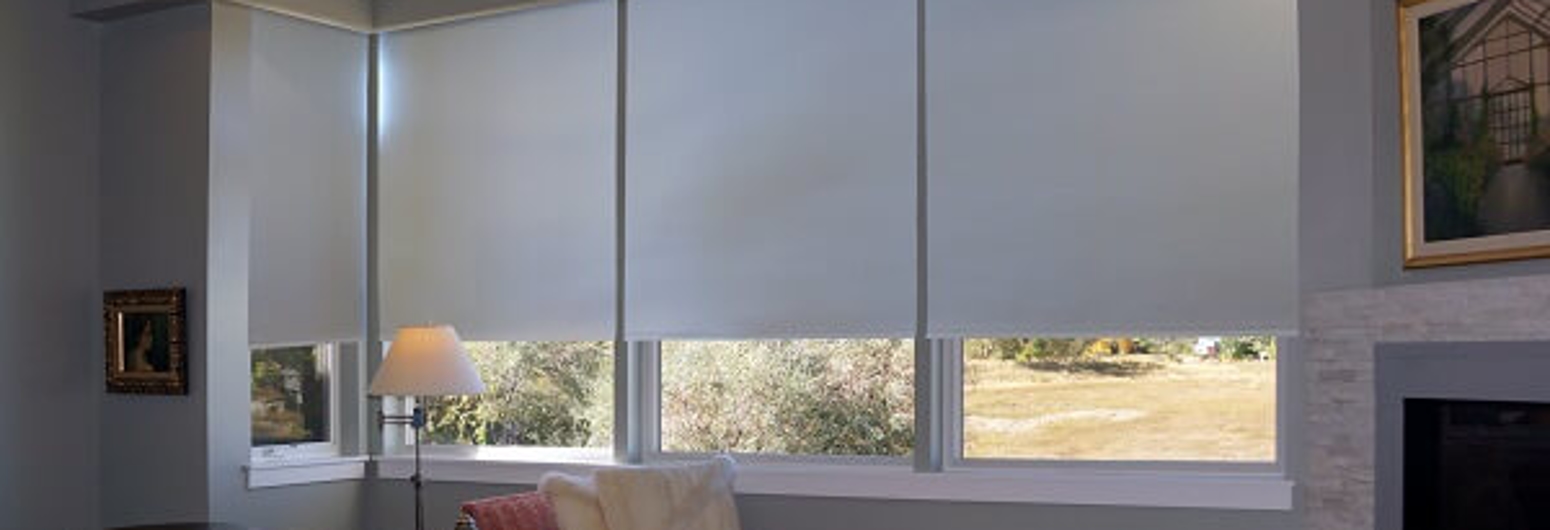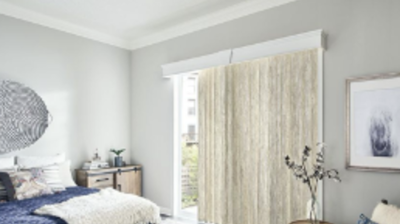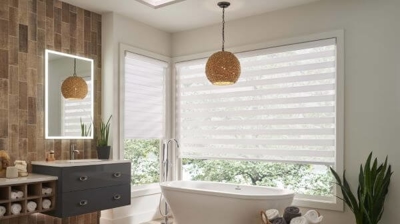Add Accessibility And Independent Functionality To Your Space With Window Treatments
While beautiful window treatments are wonderful, their real benefit and primary purpose is to be functional. Functional window treatments are fundamental in how we use a space effectively and efficiently. Functionality applies to different people in different ways. One may find cordless window treatment options to be beneficial, while others may not.
The ADA has outlined certain guidelines for ensuring that windows and window treatments are beneficial to those who may not have the same capabilities as others. These guidelines allow for spaces to be functional and accessible to people who require additional assistance. Bloomin' Blinds proudly offers shades, blinds, shutters, and curtains for all circumstances.
In this article we are going to discuss some of these guidelines and look at how the right window treatments can add accessibility, functionality, and create independence.
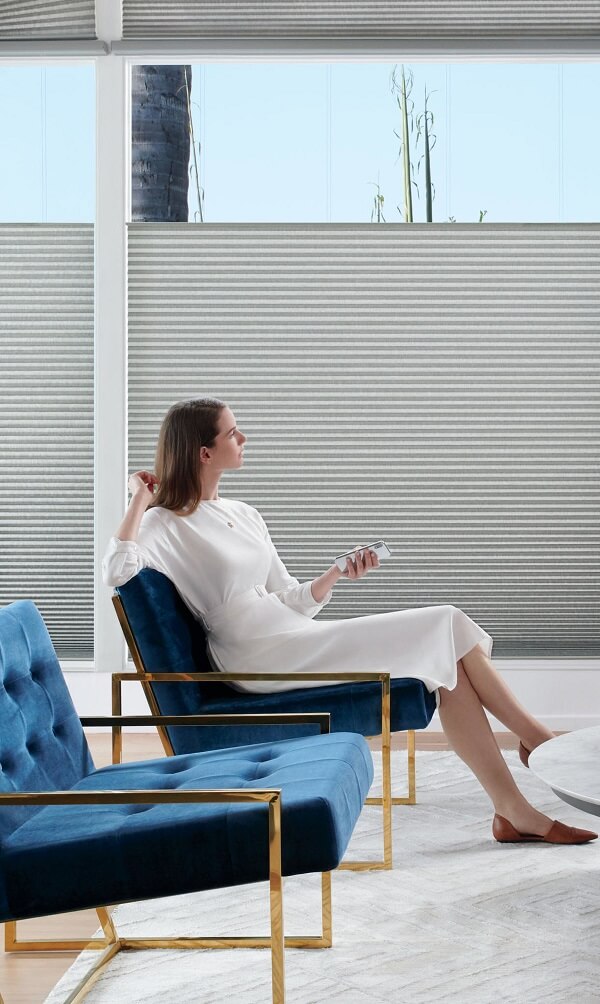
Accessible Window Treatments That Can Facilitate Independent Living
The home should be a place of comfort and safety to everyone and window treatments that are easy to use can help create spaces that can increase a person’s ability to live independently.
Functional window treatments are designed to add light control, privacy, and energy efficiency to the dwelling. If the mechanism that allows this type of control is out of reach or too cumbersome to use, then these window treatments are no longer functional, and are merely there for decorative purposes.
Ensuring that lift cords, wands, or other operational tools are at a level that can be reached without hazard or complication allows for individuals to maintain independent living despite having certain restrictions.
One of the primary guidelines outlined by the ADA (Americans with Disabilities Act) is to ensure that all operational controls for window treatments are within reach.
Minimum height requirements ensure that any lift cords or wands that are necessary to open or close a window treatment must be within reach. There are specifications for both forward reach as well as side reach. This is to ensure that the space in and around the window must have an area for an approach to allow for unobstructed movement and operation of the window treatments. This applies to any furniture or other obstructions that could become an obstacle. Consider the placement of pieces underneath or around the windows to ensure there is a clear approach up to the window treatment.
The ADA code specifies that any ADA compliant rooms must have controls or operating mechanisms that can be used without grasping, pinching or twisting. There are also specifications as to how much force is needed to activate these controls.
Any lift cords or wands that require a tight grasp or pinching action will need to be replaced with something else. Pull cords that are looped may be an option since something can be used to hook the loop in order to operate.
Cordless window treatments eliminate the need for a lift cord or wand entirely which may alleviate this concern. There are several models of cordless window treatments that are more lightweight than ever before and easily glide open or shut with very little force.
This is a requirement for any ADA compliant hospitality locations such as hotels, motels, or other transient lodging establishments. This may also be a necessity for medical facilities with rooms to accommodate patients staying for an extended period of time.
Retirement homes and assisted living facilities find these types of window treatments to be incredibly beneficial for their residents. While there is plenty of assistance available, providing residents with the ability to control their own level of comfort within their own private living space is something that is truly special.
With all of these considerations, motorized window treatments are clearly the best option. Motorized window treatments can be operated from a switch or a remote that can be placed in a much more accessible location. Motorized window treatments can also be integrated with smart home devices that are operated by voice control or set to a preprogrammed schedule.
Windows that are out of reach, such as skylights, may still need window treatments for light control or energy efficiency. Motorized window treatments are really the only solution that will offer efficient and convenient operation for these hard to reach windows.
For those with limited mobility, motorization can allow for full access to the range of controls and functions of the window treatments that otherwise might be challenging to reach. Giving them controls that can be easily operated gives them added independence in their living space.
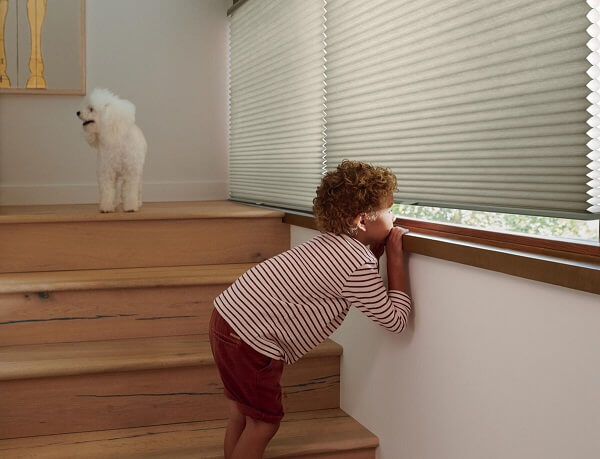
Window Treatment Solutions For Sensory Sensitivity
While we all perceive the world through these sensory receptors differently, some individuals are extremely sensitive to certain forms of external stimuli. Sensitive sensory faculties can be challenging to manage.
Light can often be quite jarring and uncomfortable for individuals with sensory sensitivity. Utilizing as much natural light as possible is a great way to alleviate some of the discomfort that can come from fluorescent or incandescent lighting.
Even natural light can sometimes be a bit much in certain situations. Having the right window treatment can help to soften or diffuse glaring sunlight during certain times of the day. Many shades come in a variety of opacity levels. Sheer shades, for example, have a very low opacity which means they allow quite a lot of natural light to filter in while still blocking out harsh glare.
For those who may require complete darkness to get a restful night’s sleep, blackout or room darkening blinds or shades may be helpful. These shades have a very high opacity, meaning that little to no natural light will come through the material. Blackout liners are available to add underneath other window treatments to provide an additional level of privacy or room darkening capabilities.
If total darkness is desired, then blackout shades should be considered. Blackout shades use the highest opacity materials with an added backing of protection to prevent light from passing through. Light is a lot like water and it will find any way to get through. While the material of the shade may block the light, any opening around the edges may be enough to have light seep through. Blackout shades use tracks to keep the shade secure and prevent any gaps between the window frame and the treatment.
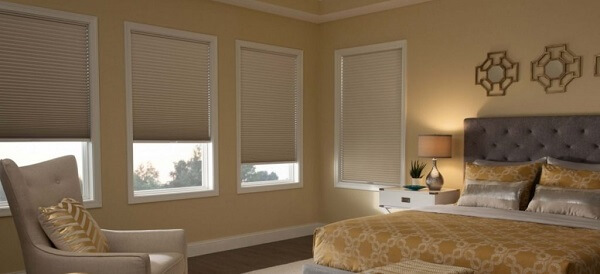
Conclusion
Functionality is one of the most important considerations when determining the right window treatment. Technological advancements allow for window treatments to be more accessible and convenient than ever before.
With added efficiencies such as motorization and smart home connections, these window treatments can be operational for those with mobility or sensory concerns.
At Gotcha Covered, we are committed to staying up to date on the most current information available regarding window treatments and operational technology.
There are many amazing and beautifully functional window treatment solutions available and we look forward to helping you find the perfect solution for your home or business.
Call us at (888) 650-6187 or schedule a free design consultation today!


